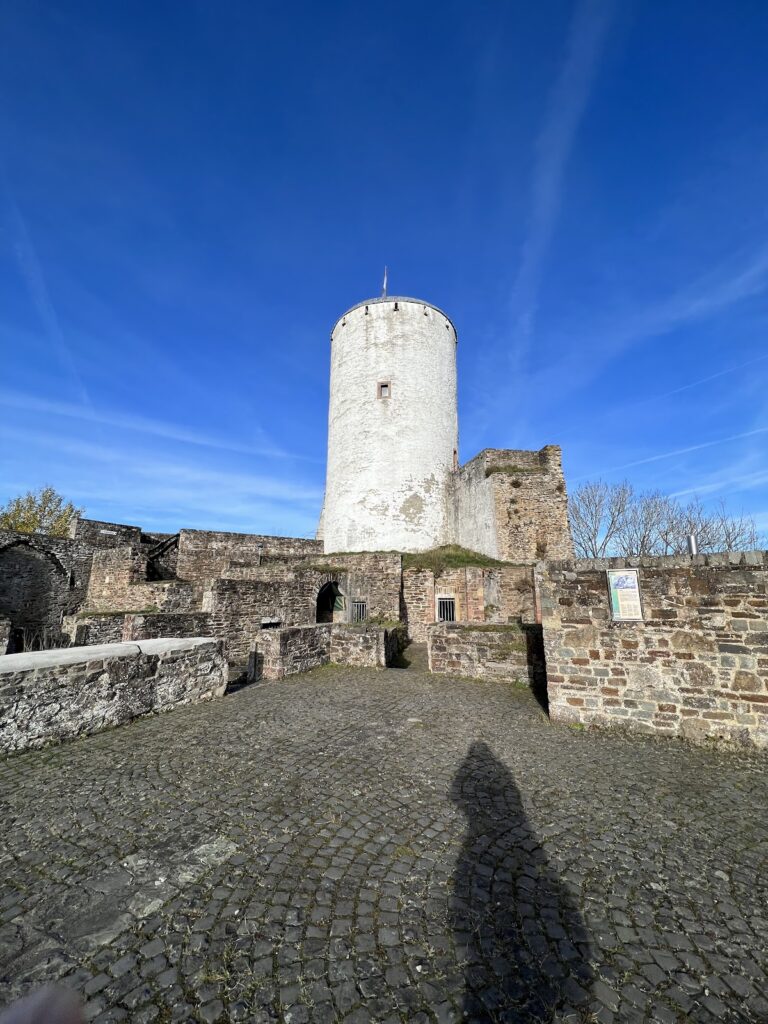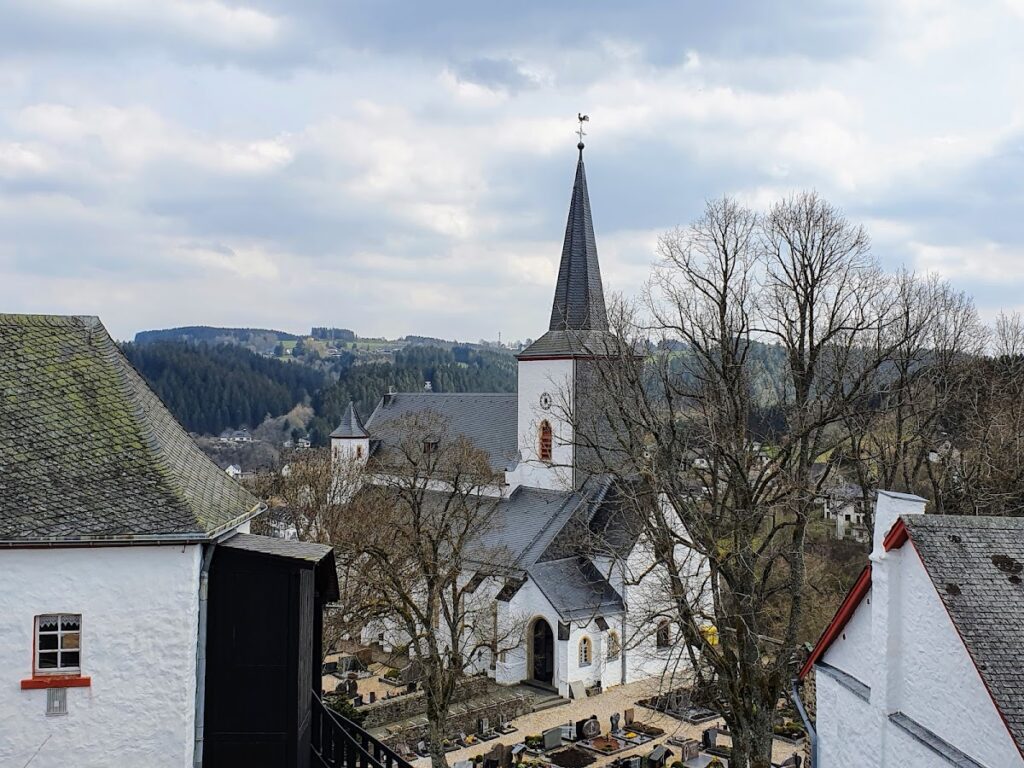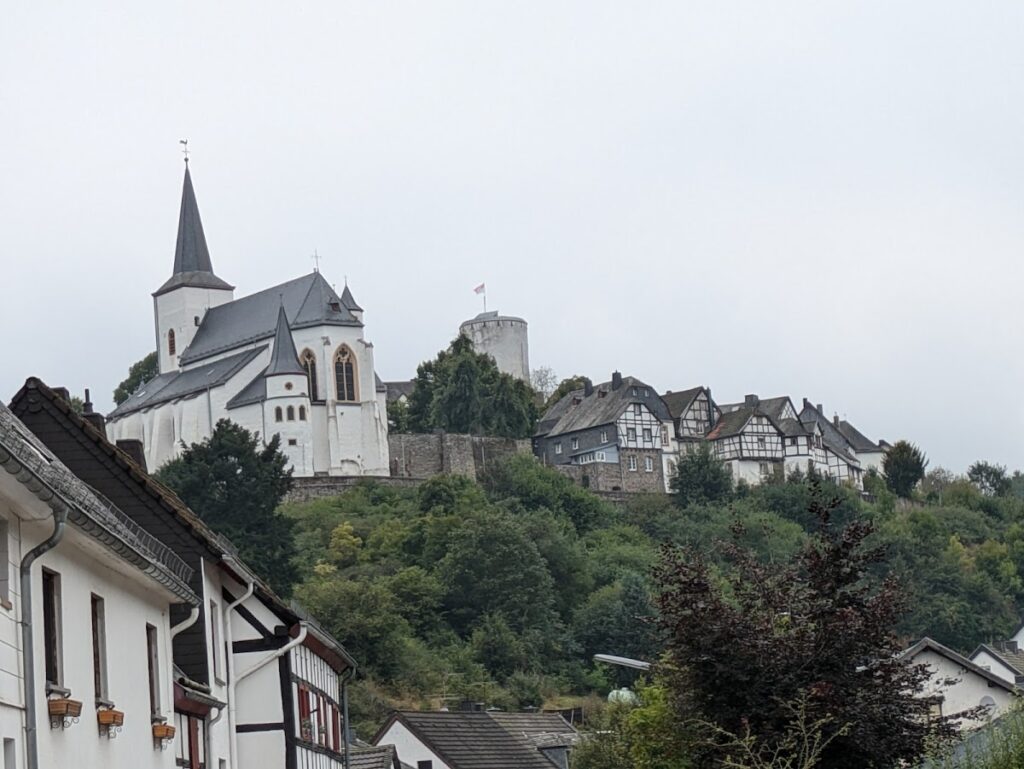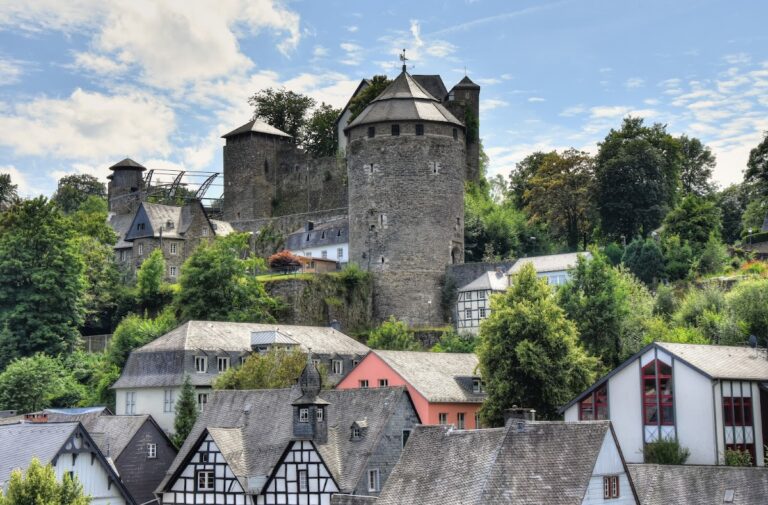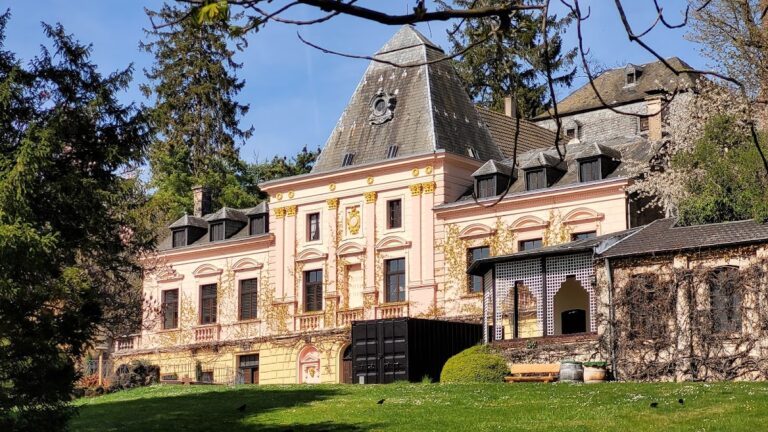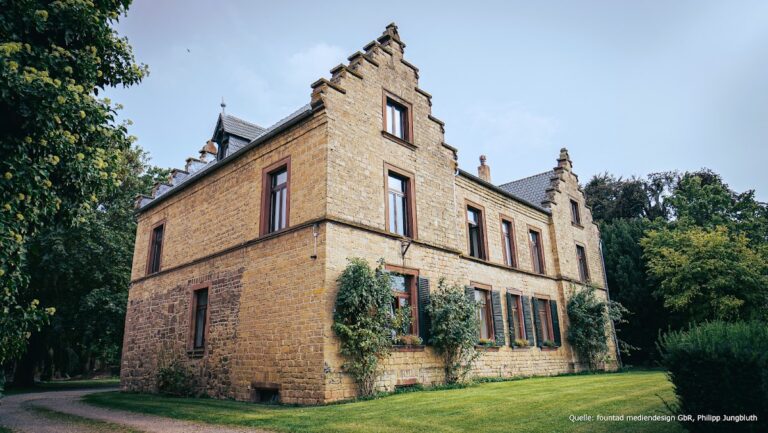Reifferscheid Castle: A Historic Medieval Fortress in Germany
Visitor Information
Google Rating: 4.5
Popularity: Medium
Google Maps: View on Google Maps
Country: Germany
Civilization: Unclassified
Remains: Military
History
Reifferscheid Castle is located in the municipality of Hellenthal in Germany. The site was originally built by medieval Germanic nobles during the early 12th century.
The earliest mention of the castle dates to 1106, when it appears under the name “Riferschit” in a royal chronicle from Cologne. At that time, Duke Henry of Limburg and Lower Lorraine destroyed the fortress by fire to keep it from falling into enemy hands. By 1130, a nearby chapel had gained parish status, granted by Archbishop Frederick I of Cologne, and it was managed by the religious community of Steinfeld Abbey. The family known as the Lords of Reifferscheid emerges in written records from 1195, establishing a feudal presence in the area.
Later generations of the Reifferscheid lineage divided the lordship between two brothers, Gerhard and Philip, with Philip’s descendants founding the Wildenburg branch. In 1385, the castle endured a three-month siege led by the Meuse-Rhine Alliance and their allies, prompted by the actions of John V of Reifferscheid, who had violated regional peace laws through raids. Despite these attacks, the fortress held firm.
In 1416, the Lords of Reifferscheid inherited the Lower Salm estate, which led to a change in their family name to von Salm-Reifferscheid. The castle suffered a major fire in 1509 but was rebuilt afterward. Another devastating fire in 1669 destroyed both the castle and the surrounding town. Following this, a new Baroque-style schloss was constructed atop the original foundations, and the houses within the former castle precinct were reconstructed.
The schloss faced military action again in 1689 during the War of the Palatine Succession when troops under King Louis XIV of France deliberately damaged it. Despite this, the building saw a full restoration by approximately 1725, as confirmed by a detailed ink drawing made by the artist Mathieu Throuüet.
In the final decade of the 18th century, French Revolutionary forces captured and destroyed the castle in 1794. With the sweeping changes of 1803, the Reifferscheid family lost ownership, and by 1805 the ruins were sold at auction, primarily for demolition and use as a stone quarry. Ownership eventually returned to the princely Salm-Reifferscheid family in 1889. Since 1965, the municipality of Hellenthal has cared for the ruins, focusing on their preservation and recognizing their cultural importance.
Remains
The ruins of Reifferscheid Castle sit at about 450 meters above sea level near the German-Belgian border, positioned between the Eifel and Ardennes mountain ranges. Constructed mainly of local rubble stone, the castle’s remaining structures reflect its medieval origins and various phases of rebuilding.
Among the surviving elements are fragments of the original curtain walls, which once encircled the castle grounds to form a defensive barrier. The ruins include a gatehouse distinguished by two round towers that flanked the entrance, creating controlled access. The entrance itself is marked by a gabled passageway, adding architectural character to this gateway.
One of the most prominent features still standing is the round bergfried—a tall defensive tower typical of German castles—originally built with rubble stone. Today, its exterior is white-plastered, making it visible from a distance. This tower has been adapted for modern visitors as an observation point. From its platform, situated at approximately 470 meters above sea level, the so-called “Eifel-Blick Bergfried” offers expansive views across the surrounding landscape.
Following the destructive fire of 1669, a Baroque-style schloss was erected atop the castle’s old foundations. Alongside this palace, several houses within the former castle precinct were also rebuilt on the earlier remains, reflecting the transition from medieval fortification to residential estate. Despite centuries of damage, including intentional destruction, neglect, and stone removal, parts of the castle’s structure remain preserved. These elements provide a tangible connection to the site’s layered history and architectural evolution.
